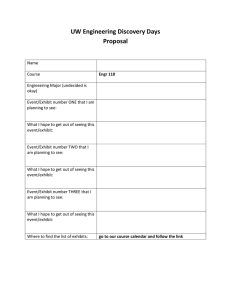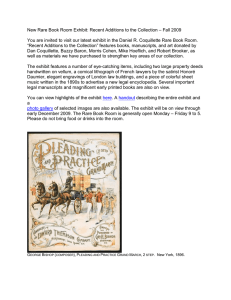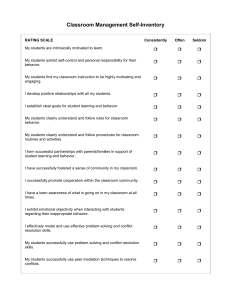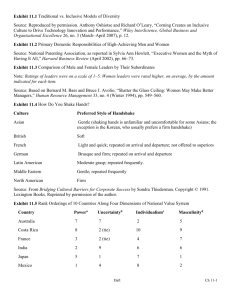Chapter 11
advertisement
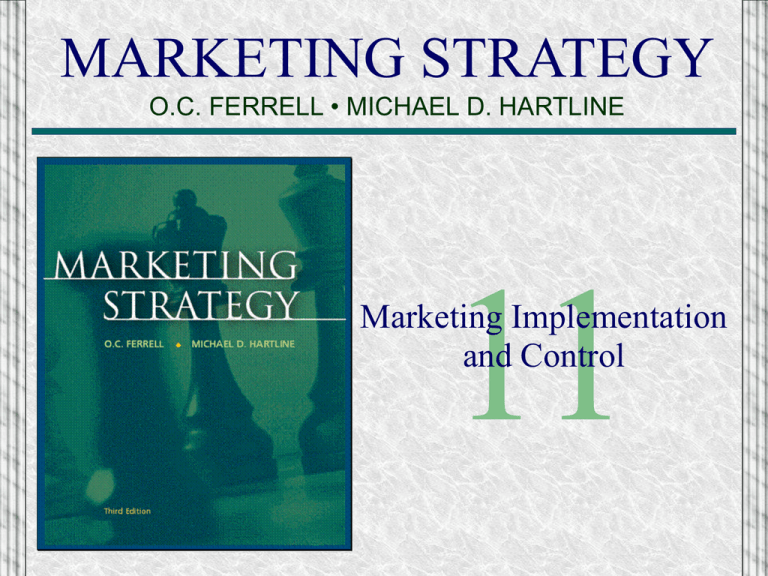
MARKETING STRATEGY O.C. FERRELL • MICHAEL D. HARTLINE 11 Marketing Implementation and Control Strategic Issues in Marketing Implementation (1 of 2) • The Link Between Strategic Planning and Implementation – Interdependency – Evolution – Separation 11-2 The Separation of Planning and Implementation Exhibit 11.2 11-3 Strategic Issues in Marketing Implementation (2 of 2) • The Elements of Marketing Implementation – – – – – Shared Goals and Values Marketing Structure Systems and Processes Resources People (Human Resources) • Employee selection and training • Employee evaluation and compensation policies • Employee motivation, satisfaction and commitment – Leadership 11-4 The Elements of Marketing Implementation Exhibit 11.3 11-5 Approaches to Marketing Implementation • • • • Implementation By Command Implementation Through Change Implementation Through Consensus Implementation as Organizational Culture 11-6 Internal Marketing and Marketing Implementation • The Internal Marketing Approach – Goals of Internal Marketing • (1) Help employees understand their roles • (2) Create motivated and customer-oriented employees • (3) Deliver external customer satisfaction • The Internal Marketing Process – Internal Customers – External Customers • Putting Internal Marketing Into Action 11-7 The Internal Marketing Process Exhibit 11.5 11-8 Evaluating and Controlling Marketing Activities • Four possible causes of differences between intended strategy and realized strategy: – (1) The marketing strategy was inappropriate or unrealistic. – (2) The implementation was inappropriate for the strategy. – (3) The implementation process was mismanaged. – (4) Substantial changes occurred in the environment between development and implementation. 11-9 A Framework for Marketing Control Exhibit 11.6 11-10 Formal Marketing Controls • Input Controls – Recruiting, selecting, and training employees – Resource allocation decisions • Process Controls – Commitment to the strategy – System for evaluating and compensating employees • Output Controls – Formal performance standards – Marketing audits 11-11 Informal Marketing Controls • Employee Self-Control – Employees manage their own behaviors – Establish personal objectives and monitor results • Social Control – Standards, norms, and ethics found in workgroups – Peer pressure causes employees to conform • Cultural Control – Behavioral and social norms of the entire firm – Shared values throughout the firm 11-12 Scheduling Marketing Activities • Basic steps in creating a schedule and timeline: – (1) Identify the activities to be performed – (2) Determine the time required to complete each activity – (3) Determine which activities must precede other activities – (4) Arrange the proper sequence and timing of all activities – (5) Assign responsibility 11-13 A Hypothetical 3-Month Marketing Implementation Schedule Exhibit 11.8 11-14






